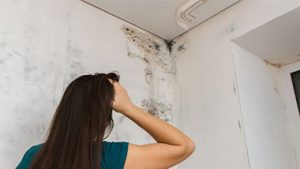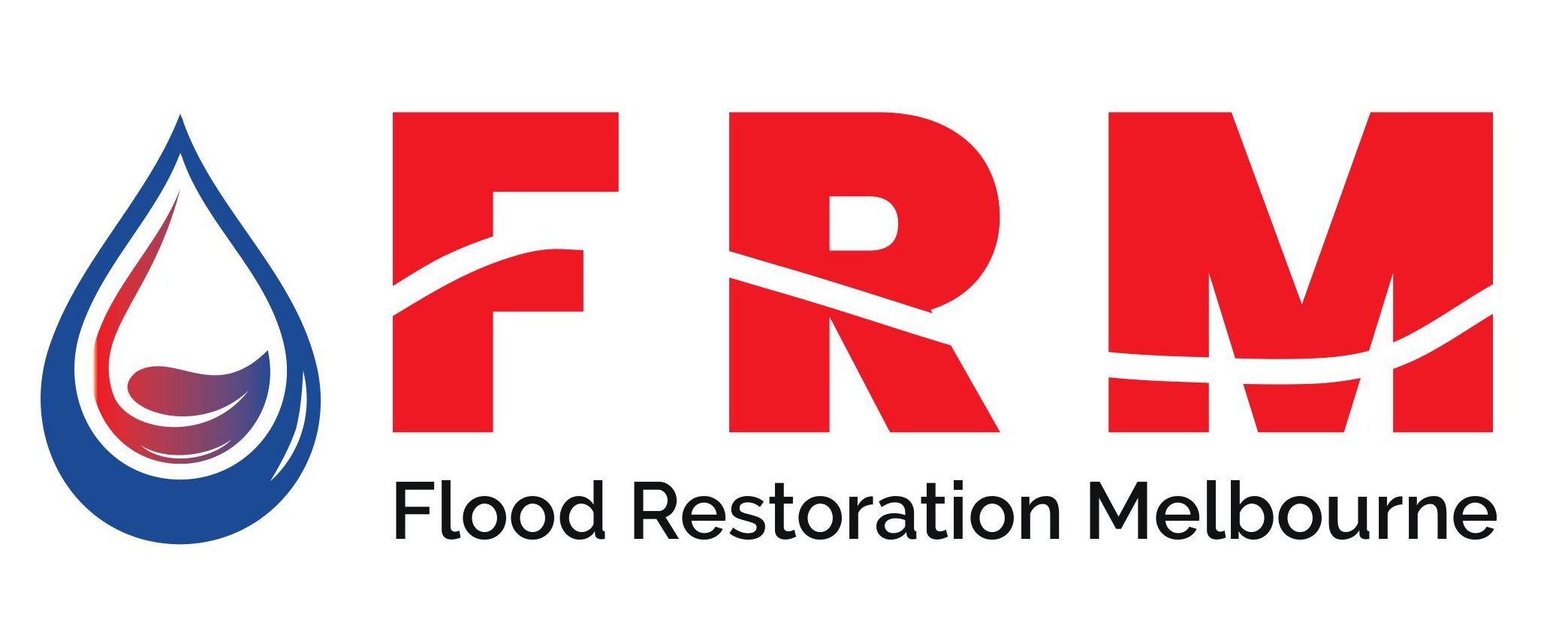Mould growth on ceilings can be a nasty surprise. It is a common problem in many homes, especially in areas that have experienced flooding or excessive moisture. It not only poses health risks but also damages the structural integrity of your home. One of the most challenging places to deal with mould is on the ceilings. But before you grab the paintbrush to cover it up or call a mould removal service in Melbourne, understanding how it got there is crucial. Mould thrives in damp environments, and your ceiling is an unexpected target because condensation loves a cool surface. Let’s explore the reasons behind mouldy ceilings and how to remove it safely.

Why Ceilings?
Lack of Ventilation – Bathrooms and kitchens are prime suspects for mould growth due to high humidity. Without proper ventilation from exhaust fans or open windows, moisture gets trapped and condenses on cooler surfaces, like your ceiling.
Roof Leaks – A leaky roof allows water to seep in, creating the perfect damp haven for mould spores to germinate. Water seepage from upper floors can create wet conditions, ideal for mould growth on ceilings.
Flood Damage – After severe water damage, residual moisture can penetrate walls and ceilings, providing a breeding ground for mould.
Condensation – In colder months, warm air inside your home can rise and condense on cooler ceiling surfaces, creating moisture.
High Humidity – Consistently high humidity levels, often due to weather conditions or inadequate dehumidification, can lead to mould growth.
Steps to Remove Mould from Ceilings
Mould removal from ceilings requires a careful and systematic approach to ensure it does not return. That’s why it’s always best to hire a water damage restoration Melbourne company that specialises in mould removal and flood restoration. You must wear protective gear such as gloves, goggles, and a mask to avoid exposure to mould spores.
Identify the Source – Determine the source of moisture and fix it to prevent further mould growth. It could involve repairing leaks, improving ventilation, or using dehumidifiers.
Prepare the Area – Cover the floor and furniture with plastic sheets to protect them from cleaning solutions and falling debris. After cleaning, apply an anti-mould spray or paint that contains a mould inhibitor to the affected area to prevent future growth.
Monitor and Maintain – Regularly check the ceiling for signs of mould and ensure that moisture levels are controlled through proper ventilation and dehumidification.
Mould on ceilings can persist if not addressed promptly and effectively. By understanding how mould gets to the ceilings and following the proper removal steps, you can maintain a healthy and mould-free home. If the problem persists or is too severe, consider hiring professionals from Flood Restoration Melbourne to ensure thorough and safe removal. We also offer structural drying, carpet drying, carpet water extraction, flood restoration, and more. For 24/7 emergency water damage response, call us at 0430124748 today.

